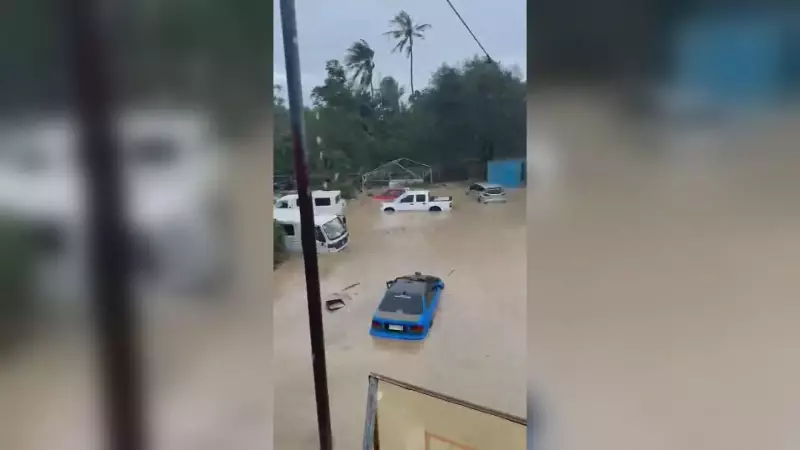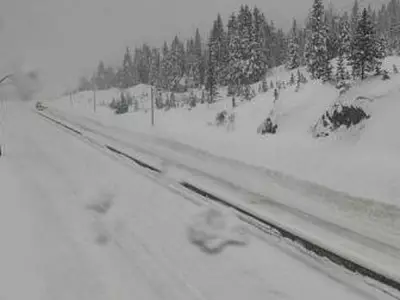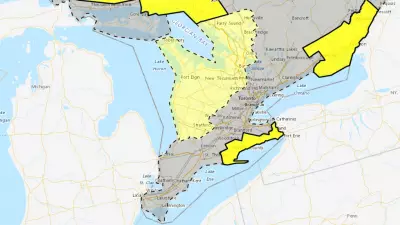
In an extraordinary display of nature's power, two massive storm systems are simultaneously rewriting weather history books on opposite sides of the Pacific Ocean. While Southern California experiences its first tropical storm landfall in 84 years, Hong Kong prepares for what could be one of its most powerful typhoon encounters in decades.
Hurricane Hilary's Historic California Impact
The once-Category 4 Hurricane Hilary made meteorological history by becoming the first tropical storm to hit Southern California since 1939. Although downgraded from hurricane status before landfall, Hilary delivered unprecedented rainfall and destructive winds across the region.
Key impacts include:
- Catastrophic flooding transforming desert roads into raging rivers
- Record-breaking rainfall exceeding typical annual amounts in some areas
- Widespread power outages affecting thousands of residents
- Emergency declarations across multiple counties
Typhoon Saola: A Grave Threat to Hong Kong
Meanwhile, in the Western Pacific, Typhoon Saola intensified into a super typhoon with sustained winds reaching 250 km/h. The Hong Kong Observatory issued its highest warning signal as the storm approached, prompting residents to take extreme precautions.
Preparation measures underway:
- Schools and businesses closed across the region
- Flight cancellations and transportation disruptions
- Emergency shelters opened for vulnerable communities
- Coastal areas evacuated ahead of storm surge threats
Climate Connections and Future Implications
Meteorologists note that while individual storms cannot be directly attributed to climate change, the intensity and unusual behavior of these systems align with climate model predictions. Warmer ocean temperatures are providing additional fuel for tropical systems to strengthen and maintain their intensity longer than historical patterns would suggest.
The simultaneous occurrence of these extreme weather events highlights the growing challenges communities face in preparing for and responding to natural disasters in an era of changing climate patterns.





